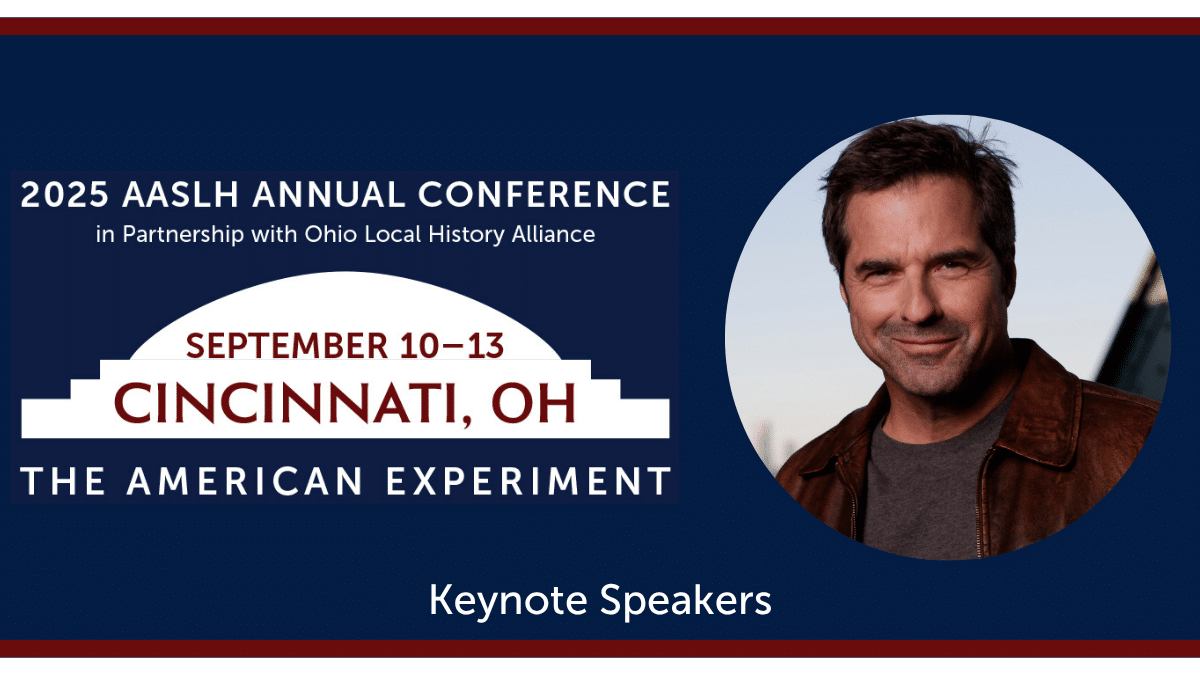 A fellow archivist disclosed that the most rational approach to archiving is to never treat it like a single-headed beast. You will never cut off the head in one swift motion, but you can take calculated jabs. Establishing an archive is overwhelming and in my two years with the Sazerac Company Archive (SCA), it has become apparent that “established” is a pipe dream. An archivist can only strive to be more stable.
A fellow archivist disclosed that the most rational approach to archiving is to never treat it like a single-headed beast. You will never cut off the head in one swift motion, but you can take calculated jabs. Establishing an archive is overwhelming and in my two years with the Sazerac Company Archive (SCA), it has become apparent that “established” is a pipe dream. An archivist can only strive to be more stable.
Level one is to break down the complicated issues into smaller projects—and then think even smaller. Cataloging and organizing a photo collection is an easy objective to write down in a planner, but difficult to grasp in practice; place this task on top of competing priorities and suddenly a year has passed without much progress. With projects pushed aside for months to work on new assignments, often in favor of building brand histories or generating new materials for displays, I am continuously fighting my urge to complete tasks.
Officially established in 2014, the SCA is committed to exploring Sazerac’s history, culture, innovations, and leadership. A large portion of our work has been to research and accession materials into the archive for future use. The archives team has written approved policies, completed a range of objectives, developed programs, and nearly completed our objects catalog. As a corporate archive, our catalogs are rarely complete and ever growing. After nearly four years of work, we have found AASLH’s self-study StEPs course (Standards and Excellence Program for History Organizations) to be a useful resource when guidance is needed.

StEPs Collections Standard 2: The institution legally, ethically, and effectively manages, documents, cares for, and uses the collections. Self-assessment questions and performance indicators are used to judge your progress.
StEPs acts as the ultimate handbook for institutions that ask one of two questions: “Why?” and “How?” – both of which I ask on a weekly basis. Broken into six sections, the program details actions to strengthen your policies, programs, and management. Additionally, each section includes basic, good, and better standards to achieve. Remember—break down the complicated issues into smaller projects—and then think even smaller. The handbook does not provide a pre-written collections management policy, but it does offer resources to build one and grants certificates for completing the standards. Thank you to AASLH for establishing “better” performance indicators and understanding that there is no “best” standard in our practice.

SCA utilized the Society of American Archivists as a resource to build a set of core values and code of ethics that best fit our corporate archive.
Do not treat your archive like a single-headed beast. Attack him from all angles and you might get the upper hand. The SCA has completed 37/44 basic standards in the “Stewardship of Collections” section. Our goal is to receive a bronze certificate by the end of 2018.
Place your bets now and check back here around December for an update!



